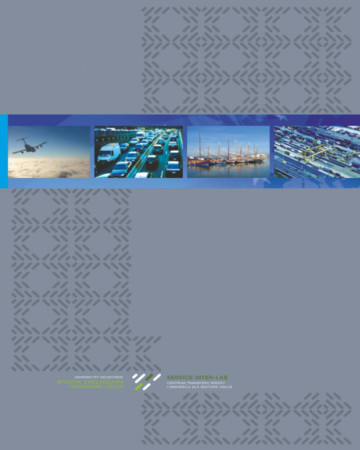
ISSN: 1644-275X
eISSN: 2353-3005
OAI
DOI: 10.18276/ptl.2016.34-11


Issue archive /
nr 2 (34) 2016
Global navigation satellite systems applications in different modes of transport
| Authors: |
Jacek
Januszewski
Gdynia Maritime University, Faculty of Navigation |
| Keywords: | global satellite navigation systems (GNSS) mode of transport GNSS market and applications |
| Data publikacji całości: | 2016 |
| Page range: | 9 (117-125) |
| Klasyfikacja JEL: | R42 Y10 |
Abstract
Nowadays (July 2016) we can distinguish four modes of transport – air, maritime, rail and road. In each mode the continuous knowledge of the current user’s position is one of the most important parameters of safety and economy of the transport. The information about position can be obtained from satellite navigation systems SNS (GPS, GLONASS) and based augmentation systems SBAS (WAAS, EGNOS, MSAS, GAGAN). Two next global SNSs and one SBAS are under construction. This paper gives the reply to some questions: in which mode these systems are the most frequently used and why, which system is preferred in separate mode and individual region of the world, which kind of the receiver, one or more systems, are most popular. The comparison of SNSs applications, the capability of SNS receivers and supported constellations by theses receivers and additionally the detailed analysis of SNS receiver survey designed for each mode of transport are presented in this paper also.
Download file
Article file
Bibliography
| 1. | BeiDou Navigation Satellite System. Available at: en.beidou.gov.cn (22.06.2016). |
| 2. | Betz, J.W. (2016). Engineering Satellite-Based Navigation and Timing. New Jersey: John Wiley & Sons. Egnos. Available at: www.egnos-portal.eu (22.06.2016). |
| 3. | El-Rabbany, A. (2002). Introduction to GPS The Global Positioning System. Boston–London: Artech House. |
| 4. | Federal Radionavigation Plan (2014). Department of Defence, Department of Homeland Security and Department of Transportation, National Technical Information Service. Springfield, Virginia. |
| 5. | GNSS Market Report (2010). Issue 1. Prague: The European GNSS Agency, October. |
| 6. | GNSS Market Report (2012). Issue 2. Prague: The European GNSS Agency, May. |
| 7. | GNSS Market Report (2013). Issue 3. Prague: The European GNSS Agency, October. |
| 8. | GNSS Market Report (2015). Issue 4. Prague: The European GNSS Agency, March. |
| 9. | GPS World. Available at: www.gpsworld.com (25.06.2016). |
| 10. | GPS. Available at: www.gps.gov (23.06.2016). |
| 11. | Hofmann-Wellenhof, B., Lichtenegger, H., Wasle, E. (2008). GNSS – Global Navigation Satellite Systems GPS, GLONASS, Galileo, and more. Wien–NewYork: Springer. |
| 12. | IAC. Available at: www.glonass-iac.ru (22.06.2016). |
| 13. | Inside GNSS. Available at: www.insidegnss.com (24.06.2016). |
| 14. | Jackson State University. Available at: www.jsums.edu (22.06.2016). |
| 15. | Januszewski, J. (2012). New satellite navigation systems and modernization of current systems, why and for whom? Scientific Journals Maritime University of Szczecin, 32 (104), 58−64. |
| 16. | Januszewski, J. (2014). Shipborne satellite navigation systems receivers, exploitation remarks. Scientific Journals of the Maritime University of Szczecin, 40 (112), 67–72. |
| 17. | Januszewski, J. (2016). The analysis of the possibility of the simultaneous use of two and more SNS in different modes of transport. 16th International Conference Transport Systems Telematics. Katowice−Ustroń. |
| 18. | Kaplan, E.D., Hegarty, C.J. (2006). Understanding GPS Principles and Applications. Boston–London: Artech House. |
| 19. | Prasad, R., Ruggieri, M. (2005). Applied Satellite Navigation Using GPS, Galileo, and Augmentations Systems. Boston–London: Artech House. |